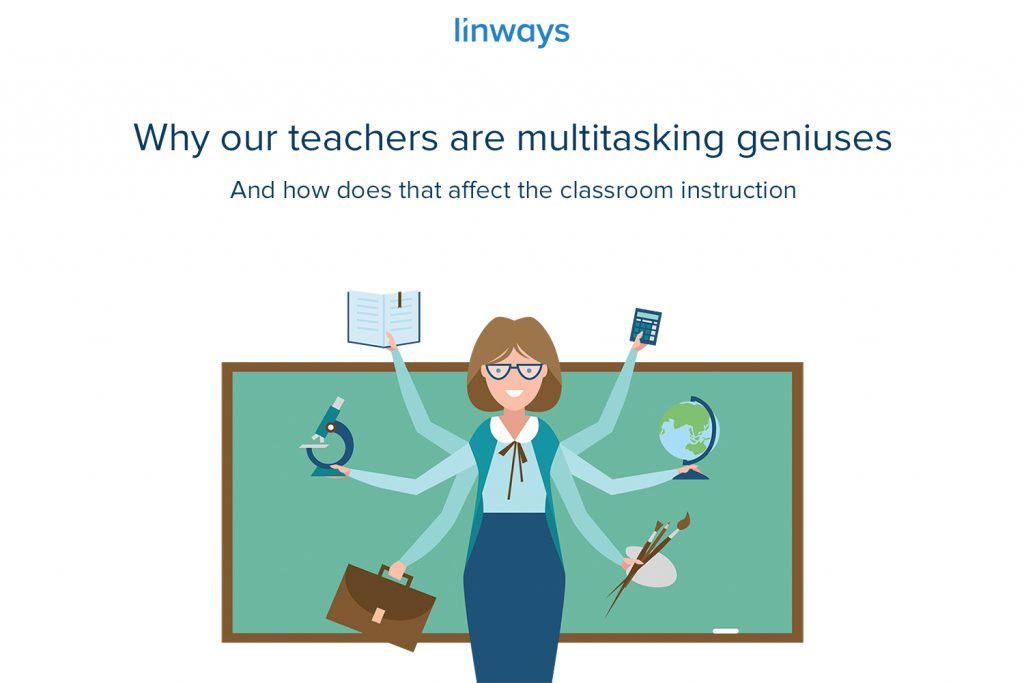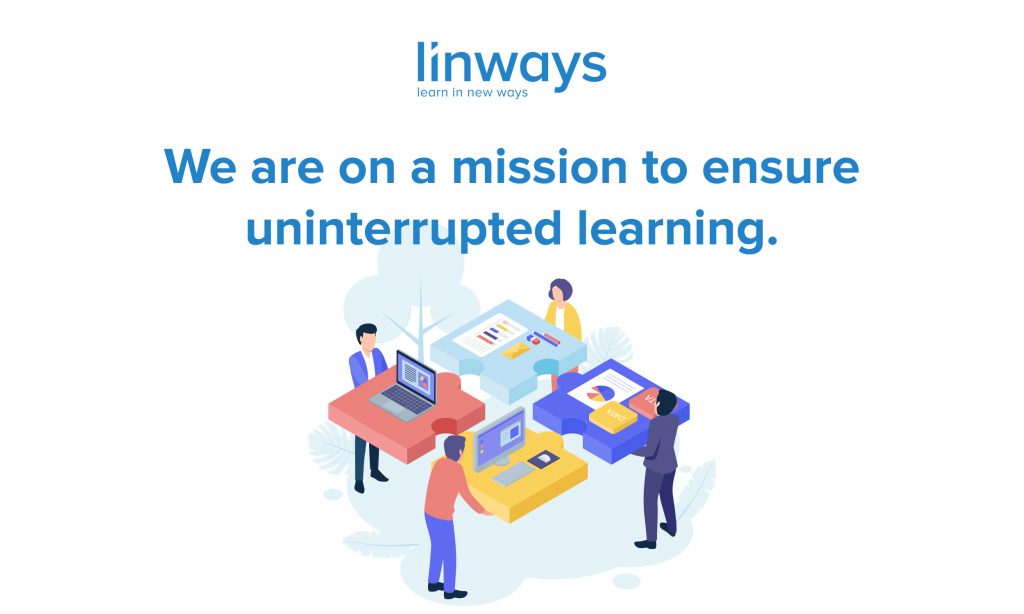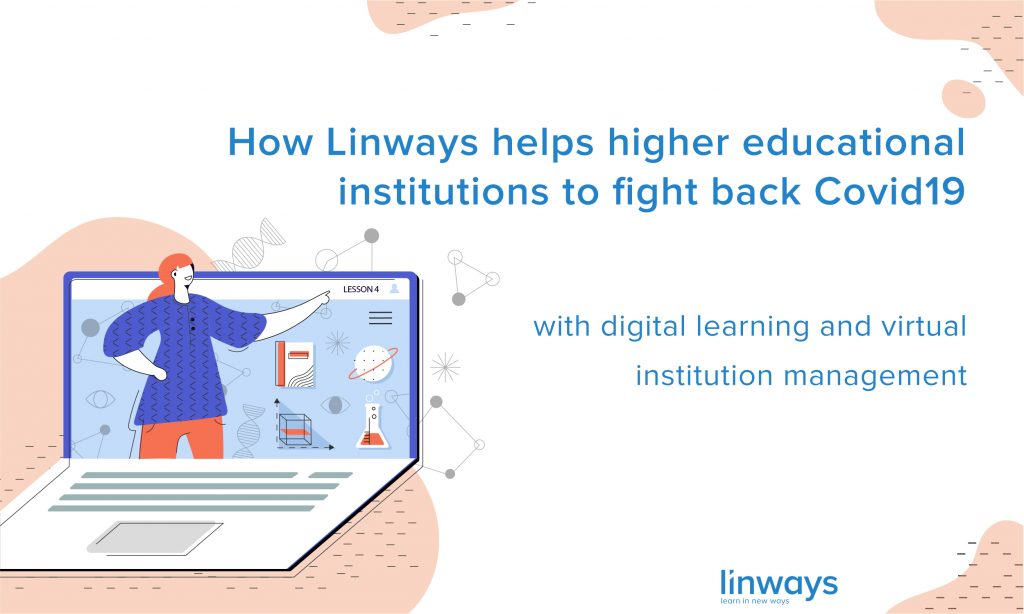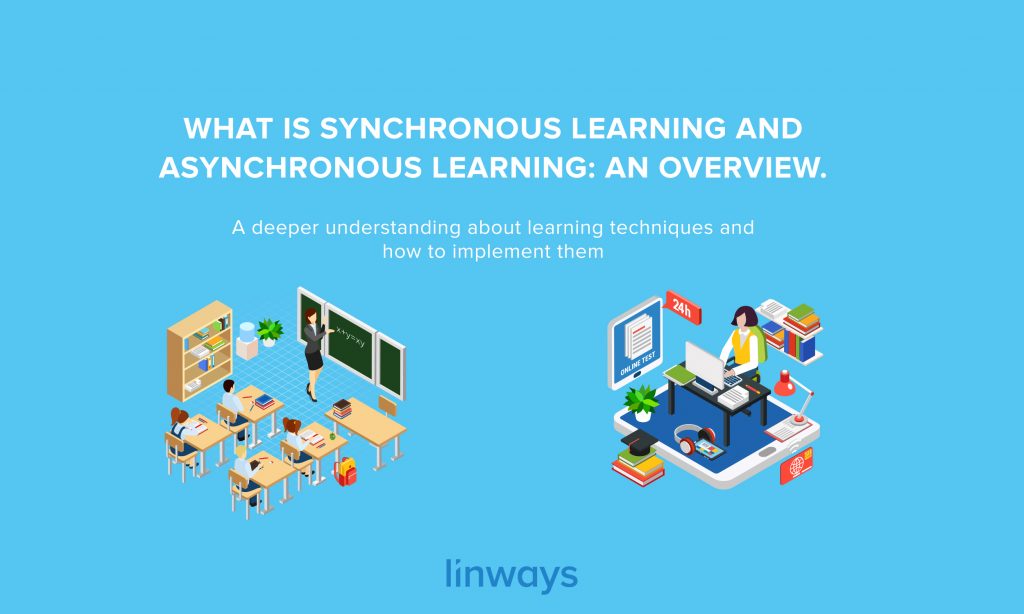And how does that affect the classroom instruction

Teachers multitask. They have to.
We know teachers have one of the most important jobs in the world. They fill in the shoes of too many different professions like a parent, disciplinarian, judge, administrator, academic experts, mentor, and more, and probably all time. It’s no secret that our teachers gets so many things done that it’s no wonder that they’ve become experts in multitasking. But the question we have to ask is, “Really how productive is multitasking?”and “How does all these multitasking affect the results and performance of the teachers and the students?”
Multitasking was once considered a skill. Now it’s not.
We have been under the impression that multitasking is a great skill to have, especially in professional environments for far too long. After all, more things gets done in less time, right?
Thing is, doing more than one thing at a time does not work well with our brain as well as we had thought. Research has showed us that we’re at our peak productivity when we do one thing at a time. Dividing attention and focus to more than two different topics at once significantly reduces the quality of the work that gets done.
What happens when we multitask.
Whenever we try to focus on a task or experience, our brain puts in more effort into the rules and conditions of that particular task. When we stop that and move on to another, the brain has to reset the rules and start again about the new stuff. Most of the time this happens so fast that we don’t necessarily notice. We can drink coffee and talk to someone at the same time, or work on the computer while listening to a song. But this shift of focus is not always so subtle. The stakes will increase along with the focus we contribute. This is why it’s an issue talking on the phone while driving.
It’s the same for teachers. When they teach, they have to assess each student’s performance, be on top of how much of the topic to cover, change styles or interact with the listeners to engage them, and then move on to do their administrative tasks like reports, analytics, marklists, attendance sheets, etc. Each individual task a teacher commit to take a bit off from their overall productivity, and in a normal day, this can be as high as a 40% reduction to their achievable productivity rate and work quality.
To be concise, it takes longer for things to get done when multitasking than doing one thing at a time, and that too, with lesser quality.
What effects it has on the students
According to teachthought, an average teacher takes 1500 decisions directly related to the education of any given day. This means 4 decisions per minute.
We all multitask to an extent. There’s no greater harm in that. But as I mentioned earlier, as the stakes are high, the risk too goes up. And there’s no greater stakes than the future of a generation of students hanging on the productivity and ability of a teacher to multitask.
So what happens when teachers multitask? You mean apart from their overall productivity going down?, well there’s a lot that could go wrong.
- Multitasking makes you prone to more errors.
Switching back and forth between tasks leave more room for errors, both in judgement and in practise. This is because our brain can only hold so much information about something we were doing after switching to another task that it has to clear some of it to make room for new details, rules, and conditions.
- It increases the stress level.
Doing multiple things means more brain activity, and causes stress. Especially when things that you do are important, and you have to meet a deadline. Then it forms a loop: more stress means less things gets done, and it leads to even more stress.
- Inefficiency to find and address new ideas and concepts.
A teacher should be always prepared to address student requirements. There may be signs that a student might need special care and attention. Or maybe the students are not following your style or topic that you are teaching. You may miss out on these details and signs when you are multitasking.
- Diminished creativity and IQ
It’s fairly obvious that you won’t be able to come up with new, original ideas and creative solutions when your brain is already overloaded with so much information all the time. This takes a toll on your creativity as a teacher, and also reduces your success rate. It has been proven that individual tasks takes up less cognitive power than while handling multiple tasks at hand. So multitasking actually makes your IQ go down.
How can he help teachers reduce their workload and focus more on teaching.
There’s no point in saying that the big solution to the problems of multitasking is to focus on one thing at a time. We all know that. It’s that we somehow has to maintain a balance of the things that we have to do. We are often forced into multitasking because there’s simply so much to do.
This is especially true when it comes to teachers. As we saw earlier, a teacher has so many roles and work to manage that ‘not multitasking’ isn’t an option. But we could reduce the tasks that the teachers have to do themselves. We could implement workflows, streamline daily tasks that are repetitive, and optimise the whole teaching process. We could use edtech tools and management platforms to reduce workload and simplify the tasks themselves into small manageable bits.
There are more things that the teachers can do themselves to survive multitasking and still emerge successful and efficient. Like,
- Finish a task before investing in another
Focus more on the one task that you know you can finish, and go all the way before moving onto another. Taking up new tasks whilst in the middle of another affects the quality of both. - Reduce interruptions.
It’s fairly obvious, but we’ll say it nevertheless. The less distracted you are, the more you accomplish. If there are people or stuff around you, your focus tend to diverge. Not that you could shield from all possible distractions, but it would certainly help to try. - Give teaching your best
If you are a teacher, your primary focus should always be the students. Everything else comes to either support that aspect, or as a part of that. So give your students the first priority, and keep their learning outcomes on the top of your list. This would actually help to prioritise other daily tasks, and organise them which helps multitasking. - Academic management systems like Linways hugely benefit teachers to organise, plan, and simplify a teacher’s workload.
It essentially helps to reduce the workload and make tasks easier to track and complete. Teachers can do all their academics-related activities from creating the course plan till publishing the results through Linways AMS. From the data they enter into the platform, teachers can create all kinds of reports, graphs and charts with Linways. The institution can also get a detailed and insightful analysis of both the faculty and the students.
All that being said, multitasking is not harmful in of itself. In education, it’s the teachers who have carefully decide and what tasks they want to contribute more attention, what tasks they can multitask. Hope this article helps. Please let us know what you think in the comments, and be sure to subscribe to get education related articles such as this one in your inbox.
Also published on Medium.




